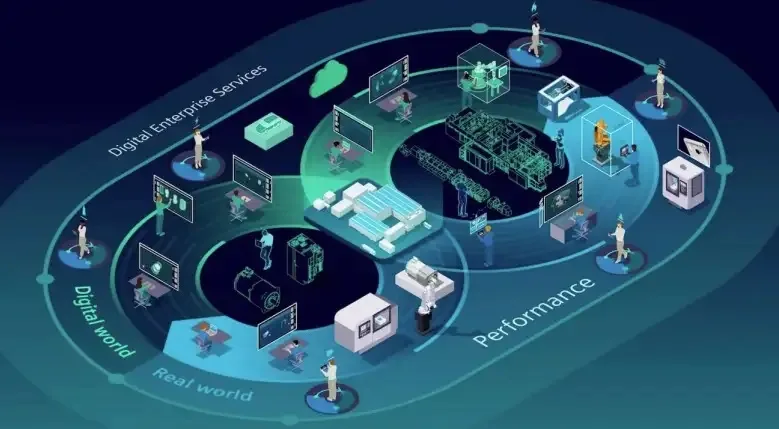
Digital Twins Technology: A Game-Changer for Industry
Digital Twins have emerged as a revolutionary technology, transforming how industries approach design, manufacturing, and maintenance. This technology, which replicates physical objects in a digital format, allows for real-time data monitoring and predictive analysis, paving the way for more efficient and intelligent systems. The concept of Digital Twins was first introduced in 2002 by Dr. Michael Grieves, primarily focusing on product lifecycle management (PLM). However, it wasn’t until the advent of the Internet of Things (IoT) that Digital Twins gained substantial traction. The integration of IoT with Digital Twins has enabled seamless data exchange between physical and digital entities, making this technology indispensable in modern industry.
How Digital Twins Work
Digital Twins function through the creation of virtual models that mirror physical objects or systems. These virtual representations are continuously updated with data from their physical counterparts via sensors and IoT devices, enabling a two-way interaction. This real-time synchronization allows for predictive maintenance, performance optimization, and scenario analysis. For instance, in manufacturing, a Digital Twin of a production line can simulate various conditions, helping to predict failures before they occur. The technology’s backbone relies on high-fidelity models, data analytics, and sophisticated algorithms that process and analyze the data to provide actionable insights.
Key Benefits of Digital Twins
One of the significant advantages of Digital Twins is their ability to reduce operational costs. By predicting equipment failures before they happen, companies can avoid costly downtime and extend the life of their assets. Additionally, Digital Twins enhance decision-making by providing a comprehensive view of operations, allowing managers to optimize processes and improve efficiency. Furthermore, this technology supports the development of personalized products by simulating customer preferences and tailoring the production process accordingly. These benefits make Digital Twins a critical tool in maintaining competitiveness in today’s fast-paced industrial landscape.

Current Applications of Digital Twins
Digital Twins are already widely used across various sectors. In the aerospace industry, companies like NASA utilize Digital Twins for spacecraft simulation and mission planning. Similarly, in healthcare, Digital Twins are being used to model human organs and develop personalized treatment plans. The automotive industry has also embraced this technology, using it for vehicle design, testing, and performance optimization. Moreover, in the energy sector, Digital Twins are applied to monitor and manage power grids, ensuring a stable and efficient energy supply. These applications demonstrate the versatility and effectiveness of Digital Twins across different domains.
Future Potential and Trends
Looking forward, the potential applications of Digital Twins are vast. In smart cities, Digital Twins could be used to model urban environments, optimizing traffic flow and managing infrastructure more effectively. The retail sector could benefit from Digital Twins by simulating store layouts and customer behavior, enhancing the shopping experience. In agriculture, this technology could be employed to monitor crop conditions and optimize farming practices, leading to increased yield and sustainability. As industries continue to digitalize, the scope of Digital Twins will undoubtedly expand, offering new opportunities for innovation and efficiency.
The future of Digital Twins looks incredibly promising, with market forecasts predicting significant growth in the coming years. As the technology evolves, we can expect more advanced features such as enhanced AI integration, which will further improve the accuracy and functionality of Digital Twins. Moreover, as more industries recognize the benefits of this technology, adoption rates are likely to increase, leading to widespread implementation across various sectors. In conclusion, Digital Twins are set to play a crucial role in the digital transformation journey, providing industries with the tools they need to innovate, optimize, and stay competitive in a rapidly changing world.